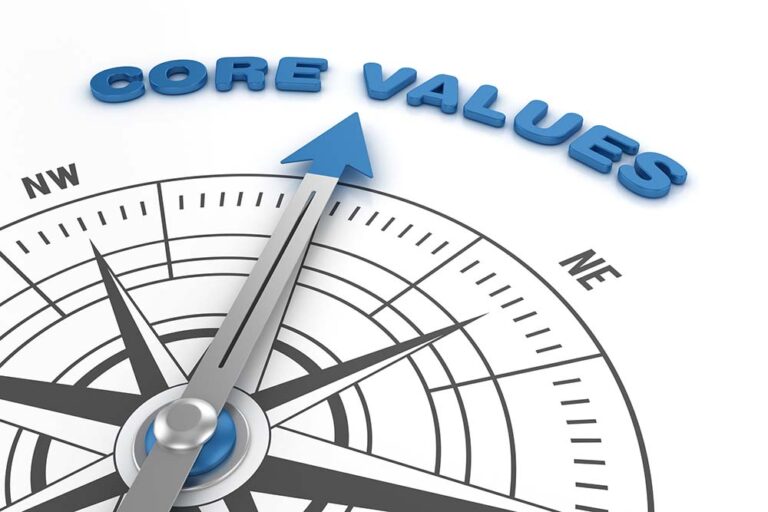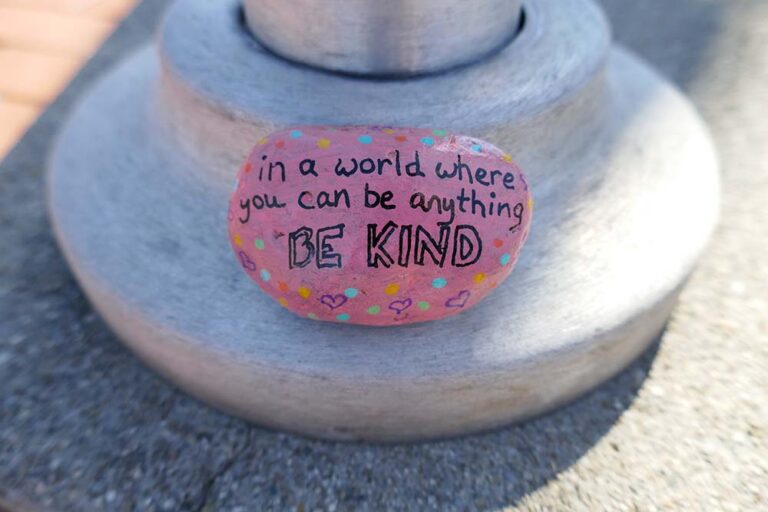Those familiar with “The Office” remember the first season episode, “Diversity Day.” It features a sequence of uncomfortable scenes that mock the anti-racism training that has become so popular in corporate settings. It’s rumored that the indelible scene in which Dunder Mifflin employees paste index cards to their foreheads and seek clues to determine their assigned ethnicity was inspired by a producer’s shocking experience at a prior workplace.
While the TV scenario was outlandish and presented as satire, some company leaders believe DEI can be “done in a day.” They behave as if it is a box to be checked, most often through training or by hiring people who look a certain way. Not only is that ineffective, but it also shows a lack of true understanding regarding diversity and inclusion. If your organization believes DEI is only about race and gender, that’s like believing the only parts of a flower are its petals and stem.
If this describes your company, you’re not alone, by any means. Many leaders are confused about what it means to cultivate a culture that supports diversity, inclusion, and belonging. I’ve spent a significant amount of time in the last two years focused on clarifying this issue for leaders because it’s foundational. If you don’t understand something, then clearly you can’t fix it.
For many companies the drive to create a recruitment process, training program or employee resource groups is often so strong that these efforts are put into place without clarity around the definition of DEI or a comprehensive and reliable quantitative assessment of culture. They don’t take the time to guide leaders in changing behaviors to become more inclusive and align with company values.
If your organization believes DEI is only about race and gender, that’s like believing the only parts of a flower are its petals and stem.
The rush typically doesn’t net results. The organization in a race to “do” DEI without the strategic pre-work doesn’t see improvements in employee retention, parity of promotion rates, or increased participation in leadership development programs among underrepresented groups.
Two years ago, I began working with a client that wanted to launch a DEI initiative to recruit and retain more underrepresented populations, with a focus on women. They, like many companies, suffer from five key dysfunctions:
- An action bias that is not properly focused on defining DEI as a leadership capability,
- Inability to gain organizational clarity about what DEI means for the organization,
- Not building or executing an organizational capability for change management, change leadership, and internal communication,
- An over-reliance on best practices from other companies with different cultures,
- Leaders who are unable to display the humility needed to learn about DEI and change their own behavior.
To date, this client has only copied best practices from other companies with different cultures. The efforts are well-intentioned, but DEI is not a one-size-fits-all endeavor. Company leaders are not seeing anticipated results because the tactics they’re using aren’t aligned with their unique culture and values.
First, let’s understand why a comprehensive understanding of culture and a change management-driven approach to DEI is critical to any organization’s success, now and in the future. Consider these important factors:
Entering this year, the overall economic picture is cloudy. The stock market is proving unpredictable, as are investors who fear instability. Unemployment is low, but the rate of employees voluntarily leaving one position to seek another is extremely high. Wages and inflation are also high.
With so much uncertainty, customer needs and desires are changing rapidly. The pandemic served as a catalyst for the digital-first, wholly personalized level of customer service that today’s consumers now expect. But alongside a great customer experience, they also seek several other qualities in their brand relationships to earn loyalty: great value, social responsibility, and protection for their privacy.
In six months, consumer priorities may shift again. That’s when a diverse organization holds a strong advantage. Diverse organizations are more innovative and better equipped to meet changing consumer demand. A DEI-focused organizational culture is also an important competitive differentiator in such a tight labor market. Innovative and customer-focused companies are also more likely to increase market share.
Organizations that embrace change and capitalize on their diversity of thought and behavior to respond to competitive threats and economic challenges perform more nimbly and can anticipate speedbumps rather than be jostled or thrown by them. And that’s a great thing when 51% of current executives plan to develop new business models in response to the rapid workforce and economic changes of the last few years.
High-performing teams channel the constructive conflict that differences can bring and use it to fuel an innovation engine. The unique alchemy found within these teams helps companies better serve their customers.
Addressing the diverse workforce landscape requires much more than a training module and hiring guidelines. Organizations need to consider culture and the context it creates for leadership and employee behavior. High performing teams channel the constructive conflict that differences can bring and use it to fuel an innovation engine. The unique alchemy found within these teams helps companies better serve their customers.
Our talent pools and existing employee groups are becoming more diverse year after year. This is outstanding news for leaders who seek a competitive edge in people power. We know by now that diverse teams have proven to be more innovative and productive than homogenous work groups. But diversity encompasses so much more than demographics. Consider the unique perspectives, skills, work styles, and problem-solving approaches found within our varied potential and current workforce.
So how do you maximize the benefits of a diverse team, and create a culture that not only attracts great people, but also retains them? How do you encourage and reward your high-performing teams for effective collaboration, innovation, and their contributions to productivity and bottom-line results?
In the past, DEI efforts were very episodic, training-focused, and lacking in organizational culture emphasis. Since that time, I have seen a shift with a few companies to change to a comprehensive change management, change leadership, and culture-based focus for DEI. You may be asking yourself why only a few companies are making strides.
It often comes down to leadership. Some CEOs understand that culture drives organizational performance. During times of a talent shortage and increased customer demand, there should be new approaches to DEI that focus on leader behavior.
Currently, Benton + Bradford Consulting is working with a client that approaches DEI in a very comprehensive way. We are achieving excellent results, including high adoption within a white male-dominated leadership structure. Why the high adoption? Our organizational culture assessment showed readiness for a comprehensive DEI effort, based on existing company values and encouraged behaviors not just focused on underrepresented groups.
We invested significant time with the CEO and his leadership team, diversity council, and the top 90 managers within the company to candidly discuss what DEI means for them, the culture, and company performance. No topic was off limits; no concern went unaddressed. Even the terms of Diversity, Equity, and Inclusion were redefined according to their culture and business goals.
What matters is that you create a shared understanding and definition [of DEI] that you can adhere to, that complements your organizational values, and that serves as the foundation for exceptional business results…
To date, this company continues to be committed to its effort. Leaders and employees utilize their DEI principles to work more collaboratively and effectively in a challenging economic environment. We anticipate that even during the predicted economic slowdown for their industry, this company will grow their market position by leveraging a comprehensive approach that engages everyone in the organization.
This kind of holistic, change management-driven approach to DEI is a large undertaking. It starts with understanding what diversity, equity, and inclusion mean to your organization. It may look different at your company than at others. What matters is that you create a shared understanding and definition of DEI that you can adhere to, that complements your organizational values, and that serves as the foundation for exceptional business performance.
The journey continues from there, in alignment with your DEI definition and goals, to include skills training and coaching for leaders and managers, employee surveys to direct resources, and preparing for change, among other efforts.
Once the groundwork is laid, an organization can move forward with transforming systems, policies, and practices that serve a collaborative, high-performing culture with an intentional commitment to DEI that will grow the business.








